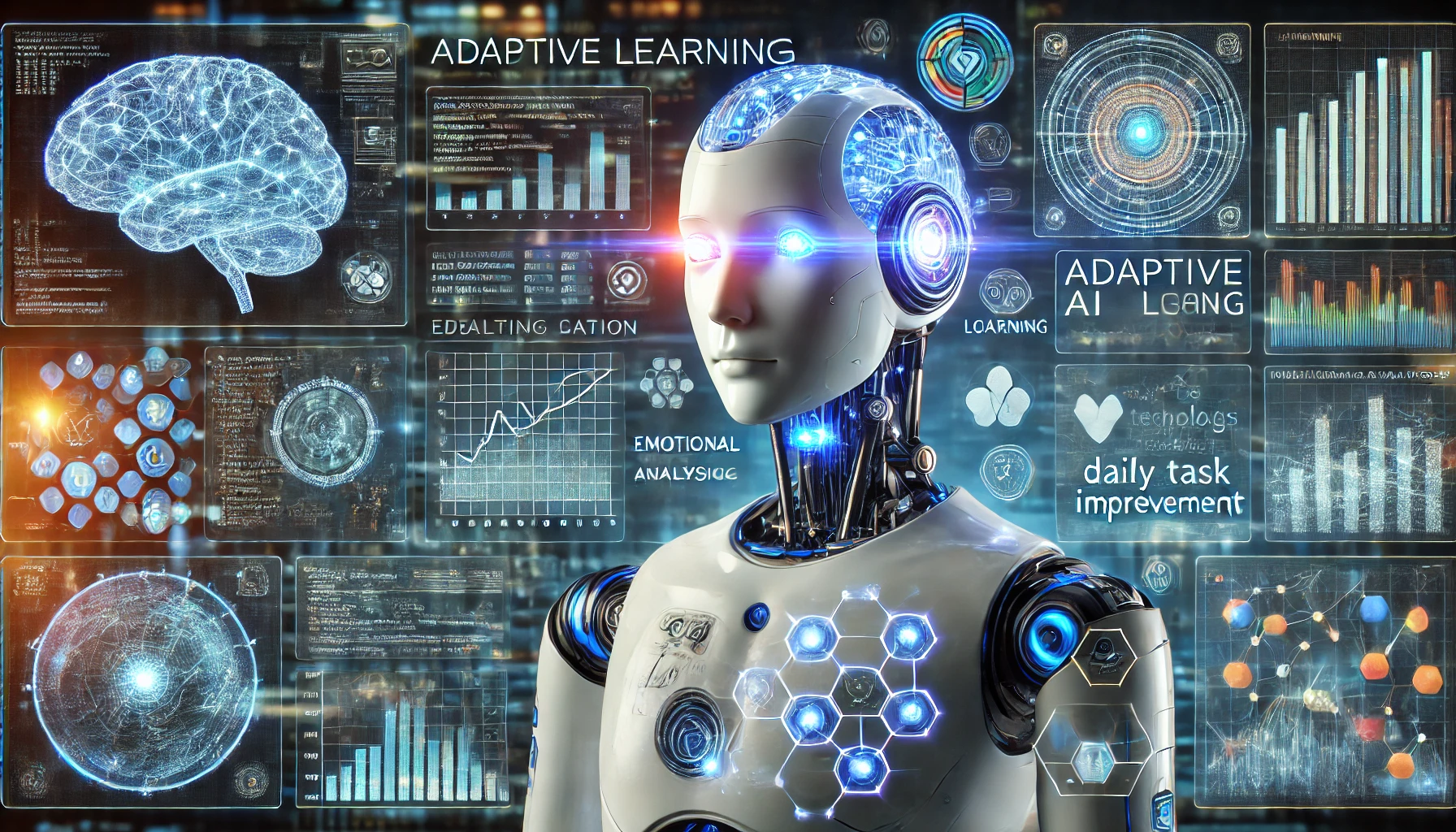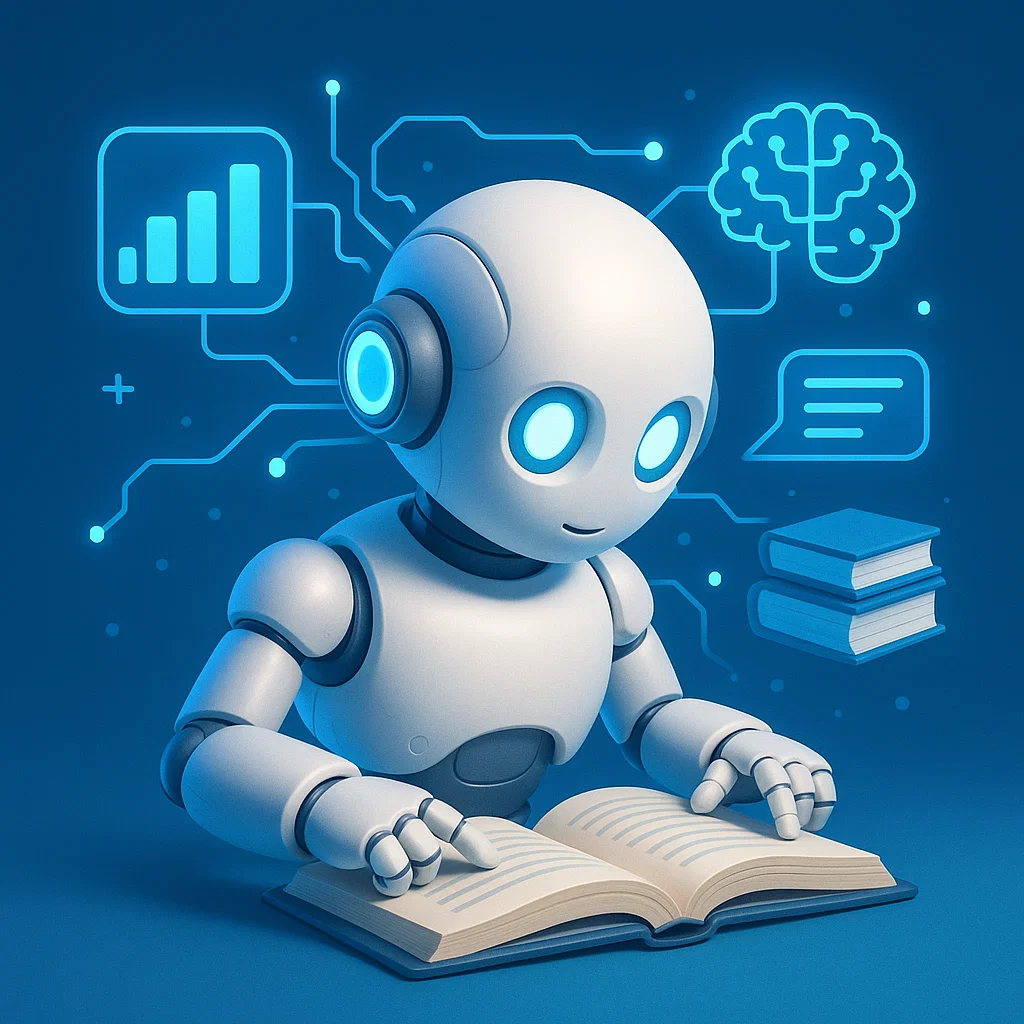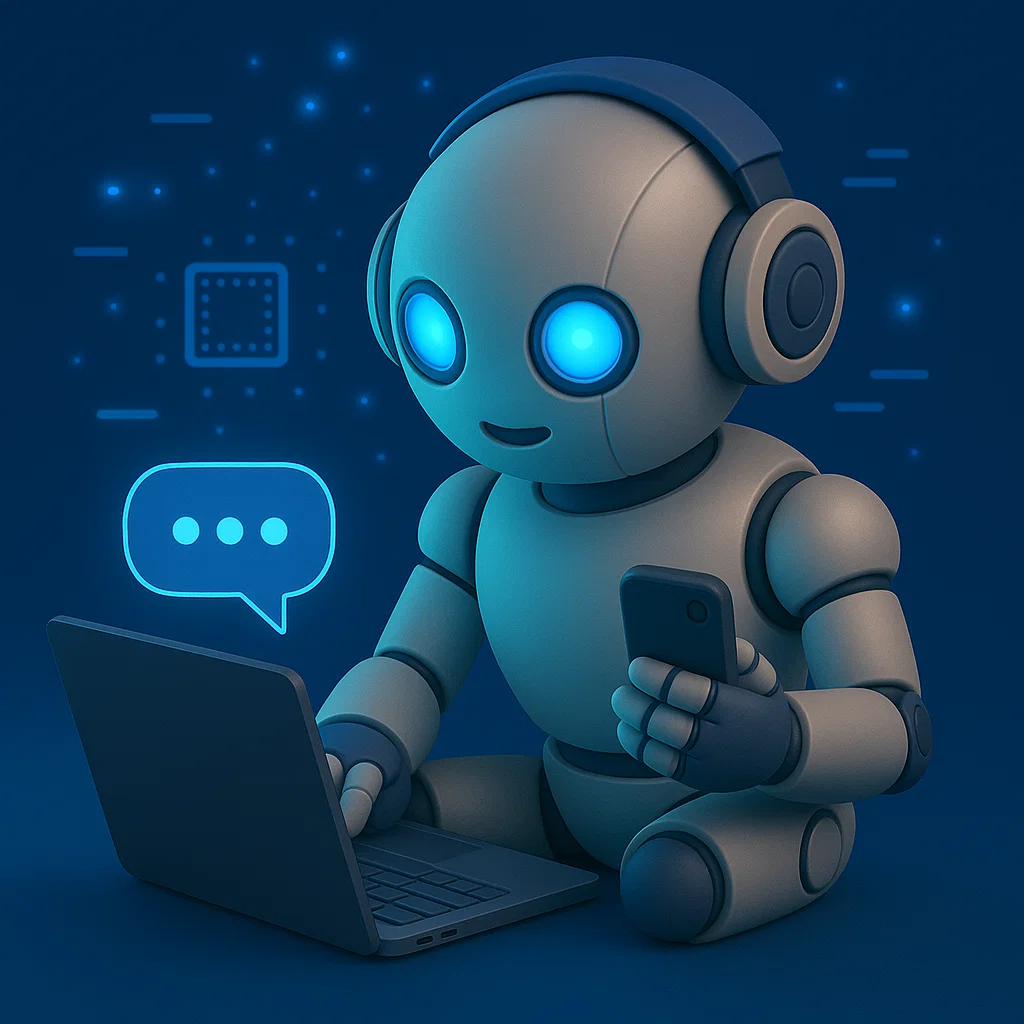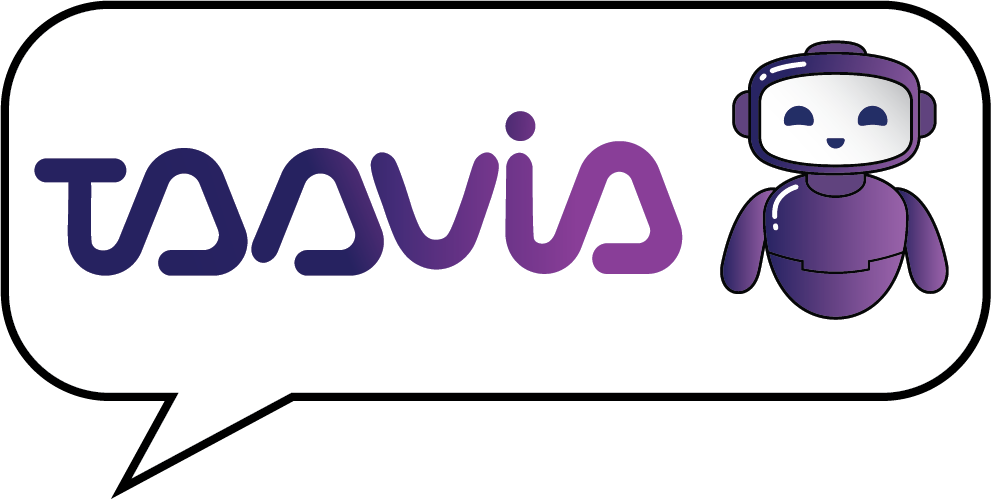
Technology keeps getting smarter—but what’s really exciting is how some systems don’t just know things… they learn and adapt with us. That’s the heart of adaptive AI learning.
Unlike traditional AI, which is trained once and set in its ways, adaptive AI is always evolving. It adjusts in real time based on new data, changing situations, and—most importantly—how we interact with it. Whether it’s fine-tuning recommendations, improving predictions, or having smoother conversations, adaptive AI is helping technology feel more human and more helpful.
What Is Adaptive AI Learning?
In simple terms, adaptive AI is artificial intelligence that gets smarter over time. It doesn’t stop learning once it’s deployed. Instead, it keeps updating itself based on how people use it and the world around it.
Think of it as AI that can “go with the flow.” It reads the room, adjusts, and performs better every time it’s used.
Here are a few examples:
-
A virtual assistant starts to understand how you like to talk and tailors its replies.
-
A shopping site recommends different products because your style changed last month.
-
A cybersecurity system updates itself automatically to catch new types of threats.
That’s the magic of adaptive AI—it doesn’t just follow rules, it evolves with experience. Kind of like how people get better at something the more they do it.
How It’s Different from Traditional AI
Traditional AI is like a student who memorized a textbook and stopped learning after the test. It’s trained once and works best in situations it’s seen before.
Adaptive AI, on the other hand, is like a lifelong learner—it keeps studying, reflecting, and improving.
Here’s a quick comparison:
| Traditional AI | Adaptive AI |
|---|---|
| Trained once on a fixed dataset | Learns continuously from new data |
| Performs predictably | Adjusts to change in real time |
| Needs manual updates | Updates itself automatically |
| Great for static environments | Better in dynamic, real-world ones |
Where You’ll See Adaptive AI in Action
This kind of smart, flexible AI is already at work in ways you might not realize. Here are a few real-world examples:
🎓 Personalized Education
Learning platforms now adjust lessons based on how each student is doing. If a student needs more practice in one area, the AI delivers it. If they’re excelling, it nudges them forward. Everyone learns differently—and adaptive AI helps make that possible.
🤖 Smarter Virtual Assistants
Assistants like Taavia, Alexa, or Google Assistant become more useful the more you talk to them. They learn your preferences, your voice, even your timing. Over time, they start to anticipate your needs and respond in more natural ways.
🏥 Better Healthcare Tools
In medicine, adaptive AI is being used to improve diagnostics. For example, an AI reviewing scans will update its patterns as it sees new cases, helping doctors catch issues earlier and more accurately.
🔒 Real-Time Cybersecurity
Threats online change fast. Adaptive AI helps detect unusual behavior or new types of attacks in real time, strengthening digital security systems without waiting for a human to intervene.
🛍 Personalized Shopping Experiences
From smarter product recommendations to adjusting prices based on demand, AI in e-commerce is constantly adapting to customer behavior. It’s why your favorite store always seems to “just know” what you might want next.


Why Adaptive AI Is a Big Deal
The biggest reason adaptive AI stands out is because it keeps learning. And in a world that’s always changing, that kind of flexibility is powerful.
Here’s why it matters:
✅ It Gets Better Over Time
Instead of needing someone to manually update it, adaptive AI tunes itself. It learns from real-world feedback and adjusts for better performance—kind of like an employee who teaches themselves new skills on the job.
✅ It Makes Tech Feel More Personal
We’re all different, and we all use technology in our own way. Adaptive AI takes those differences into account and creates more customized, relevant experiences.
✅ It Responds to Change Instantly
Markets shift, users evolve, and new problems pop up. Adaptive AI doesn’t get stuck—it evolves in real time to meet the moment.
✅ It Saves Time and Effort
Because it can update itself, there’s less need for constant human oversight. That means businesses can be more efficient while still offering great service.
Where Adaptive AI Is Headed
We’re just scratching the surface of what adaptive AI can do. As the technology matures, we can expect it to become even more intuitive, useful, and integrated into our everyday lives.
-
AI that understands not just what we say, but how we feel when we say it.
-
Smart tools that help professionals grow by giving feedback in real time.
-
Business systems that optimize themselves automatically based on demand or even the weather.
Eventually, we won’t just use AI—we’ll collaborate with it. These systems will become like smart teammates, adapting to our goals and helping us achieve more, faster.
